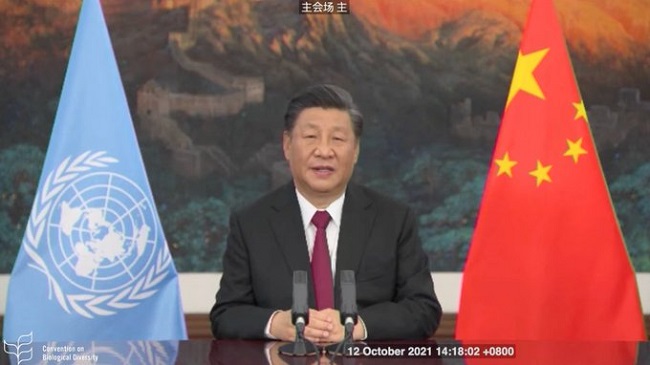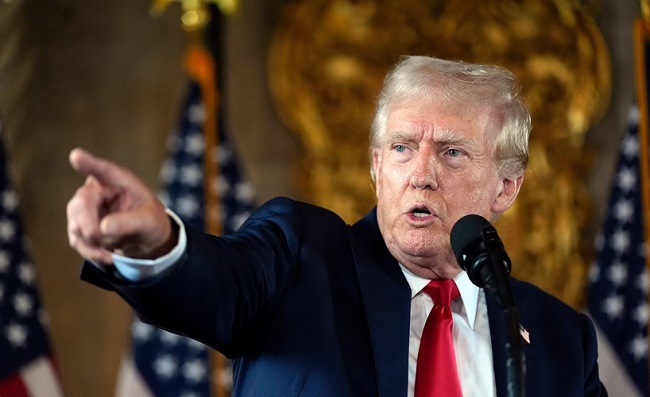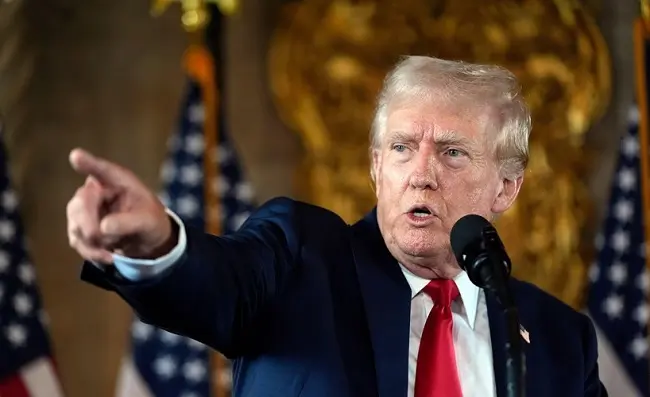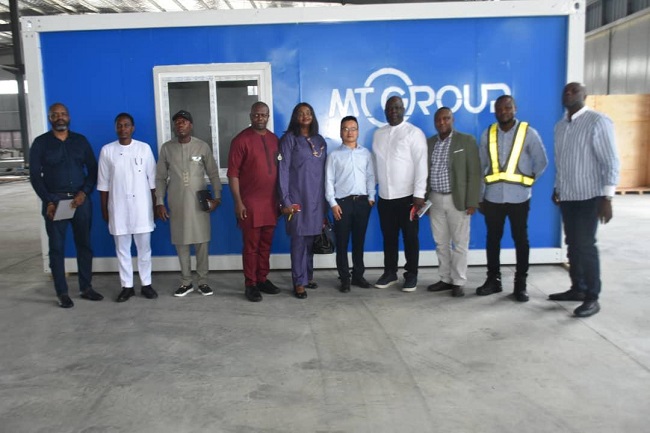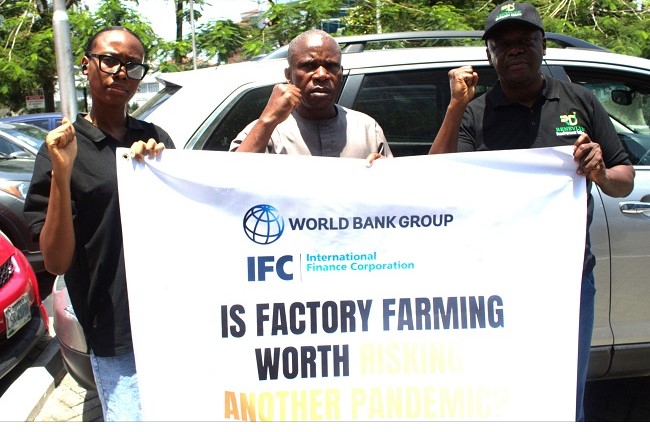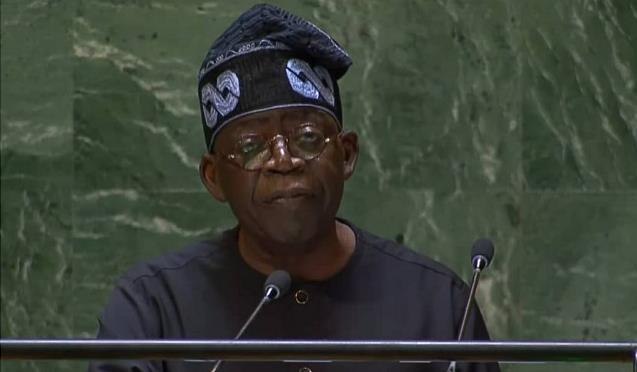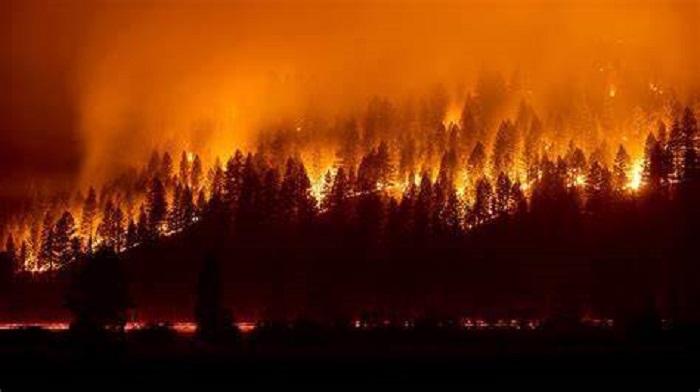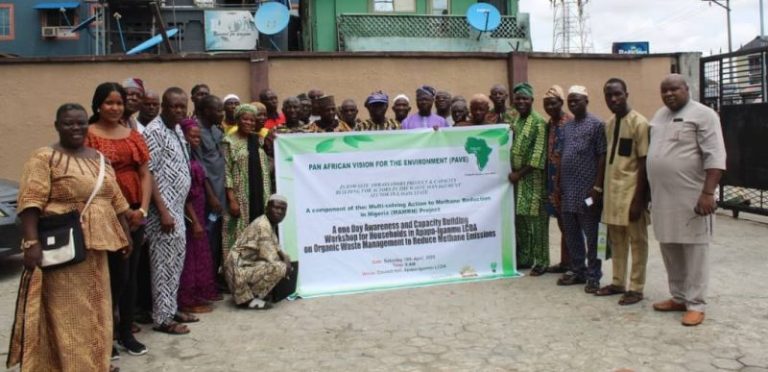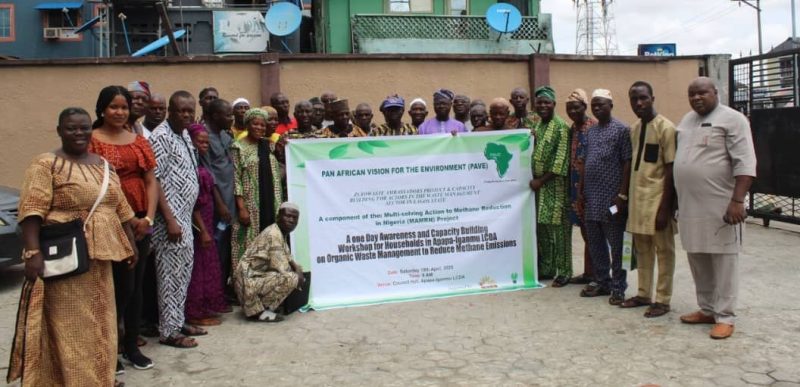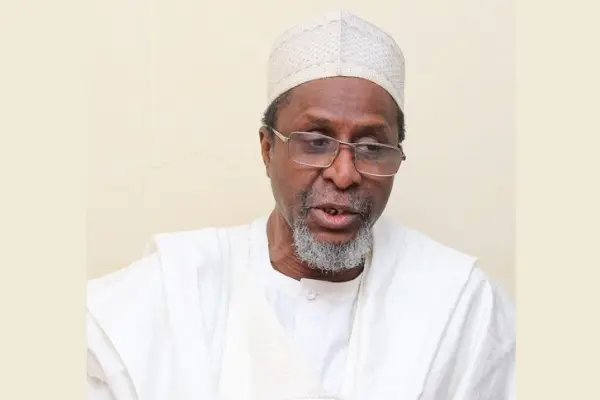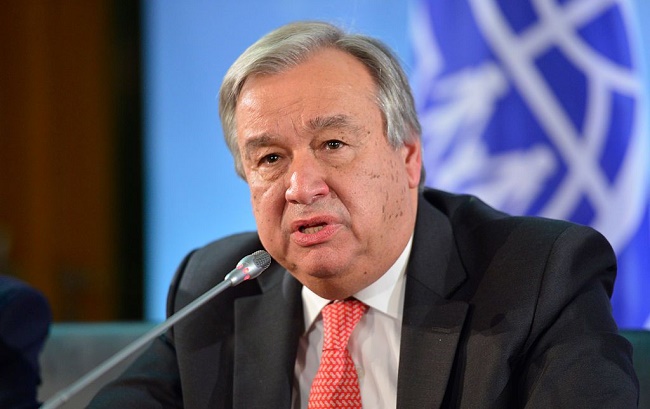Kristina Obame, Elephant Protection Initiative (EPI) friend of the month for April 2025, is a bilingual Gabonese writer/producer currently residing in Libreville, Gabon. Her primary focus is nature and environmental documentaries, particularly wildlife films that explore the intricate relationship between nature and culture and how Indigenous knowledge systems can inform modern-day conservation work.
Kristina’s current development slate includes documentaries on historic wildlife translocations, archaeological expeditions, and human-wildlife conflict, reflecting her commitment to telling impactful stories that bridge science, culture, and conservation.

There are not many full-time wildlife filmmakers based in Gabon. Please tell us a little bit about your life story and how you reached this point.
My story isn’t exactly typical, but it’s full of adventure. I was born in Washington, D.C., to Gabonese parents and spent my childhood there before moving to Japan at age 10 with my family. I lived in Japan until I was 18, before returning to the United States for university. I worked in several different sectors before finding my way into the nonprofit world, joining a large conservation organisation based in the D.C. area. That’s where I developed my passion for conservation and the idea of working to protect our planet. Although my role was more focused on fundraising, I was always drawn to environmental communications and storytelling.
Even on weekends, I’d find myself creating content or interviewing people in my community because I was fascinated by their stories. I wasn’t sure how to turn that passion into a career, but the idea was always in the back of my mind. It wasn’t until the pandemic, when the world paused, that I had a chance to rethink what I wanted in life. During that time, I moved to Gabon, where, despite my roots stemming from the soil of its beautiful rivers’ mangroves and rainforests, I hadn’t spent much time there. Being in Gabon, surrounded by its incredible wild spaces, I was struck by the lack of environmental communication and education. It seemed unimaginable that such a precious place could exist without the people living there fully understanding its intricacies or the urgent need for its protection.
That realisation sparked something in me. I began to wonder how I could help spread awareness, showcase these wild spaces, and tell the stories of the people who know them intimately. I wanted to do all of this in service of Gabon: its stories, its rainforests, and its future. That moment of clarity set me on a new path, leading me to become Gabon’s first wildlife filmmaker.
Let’s talk about elephants in a moment, but…. we understand you’ve also been involved in a fascinating film project about lions. Are there any lions in Gabon? And what is your film about?
The story of the Batéké lion is a prime example of what happens when we eradicate species and when the people who traditionally inhabited a landscape find themselves fewer and farther between, leaving their stories to perish. Memories become legends, and legends become myths. This is what drew me to this story. The history of the lions of Gabon and Congo is all but forgotten: few remember that these large mammals once roamed the southeastern Gabonese Congolese forest-savanna complex. During colonial rule, ranching and logging led to repeated poisonings of local lion populations. The decline was then made worse by poaching in later years. Ultimately, when the hunter became the hunted, the result was the apparent eradication of the species in the country by the 1990s.
That would have been the end of the story if not for a single male lion who was filmed walking through the lush rainforests of Batéké Plateau National Park in 2015 and remained in the park for over five years. His appearance proved that lions could once again survive and even thrive in this landscape, despite the devastation caused by poaching. It also single-handedly sparked an initiative to reintroduce lions to the area, which is the project I am documenting. What started as a quest to find this one elusive lion turned into an opportunity to right a historical wrong: to bring this subpopulation back to life and, with it, gather new scientific data that could forever change what we know about lion behaviour in this unique habitat.
To me, this is truly a story about memory, and I love the idea of rediscovering the landscape through the eyes of the elders, who have a spiritual tie to the lion and this land. The future of this project now lies in the hands of the Gabonese government, which must approve the transfer permits for the translocation to proceed. If approved, it will mark the first translocation of its kind in Central Africa: an event that would be truly historic for conservation on a global scale.
Gabon is well known for its forest elephants. We understand you’re trying to make a film about them, through the eyes of one extraordinary man. Please tell us all about it.
It was during a scouting trip, while meeting the inhabitants of villages near where I would eventually be shooting my lion film, that I had an incredible encounter. I met a local healer who shared an amazing story about a wild elephant he had befriended, and the incredible bond they shared for many years before ending in tragedy. His story profoundly moved me, and what began as a brief visit turned into two days of walking, talking, and connecting. His graciousness and extraordinary journey inspired me to commit to returning to his village to make this film. In a world of poachers, crop raiding wild elephants, and fear-driven hostility, it was incredible to learn how this man and this animal shared mutual trust, understanding and a lasting friendship that withstood the bounds of time.
I see this film, which is currently in development and that which I am actively fundraising, as an intimate exploration of the delicate relationship between humans and elephants in Gabon, set against the lush, vibrant, but increasingly fragile backdrop of its rainforests. At its core, it tells a powerful and emotional story of friendship and loss through the intertwined lives of a local healer and guide who recounts his past, and a scientific team working to resolve the escalating human-elephant conflict in the present.
Are you optimistic that we can find lasting solutions to mitigate or even reduce conflict between elephants and people in Gabon?
I remain cautiously optimistic that we can find lasting solutions to mitigate or even reduce conflict between elephants and people in Gabon. It is a complex and contentious issue, especially as elephant populations have grown in certain regions. At the same time, we must acknowledge that human-driven industrial activities, such as logging and other industries, are pushing these animals out of the deep forest and closer to human populations, creating conflicts over resources. This is particularly challenging for communities that rely on subsistence farming.
However, there are organisations actively working on the ground to address this issue. For instance, Space for Giants, in collaboration with the Ministry of Environment, has developed a national fencing plan. I believe their goal is to establish 1,800 electric mobile fences across all provinces in Gabon within the next two years, with more than half already in place. Initiatives like this demonstrate that serious thought is being given to finding practical solutions. We can only hope that the future holds one of coexistence, as elephants are vital to the health of these ecosystems. They are true architects of the forest, providing essential ecosystem services. I hope that I can show through my film that protecting them not only preserves a species but also supports the broader health and resilience of Gabon’s rainforests.
When you’re describing Gabon to people who have never been there, for example, in the United States, where you’ve lived part of your life, what do you tell them?
Gabon, first and foremost, is a feeling. While we can talk about its rainforests (88% of the country is covered in them, making it the second most forested nation on the planet) there’s something much deeper. There’s a very specific feeling that comes from being in these forests, surrounded by all their inhabitants (human, animal or plant), and enveloped by the incredible soundscape. It’s a deeply spiritual place, and I think the Indigenous communities who have lived in Gabon’s rainforests for generations can attest to that. From a cultural perspective, there’s an understanding that there is a spirit in nature that is very much alive. In short, to describe Gabon, I would say it’s a beautiful, green space: when you travel through Gabon and find yourself surrounded by lush jungle for what seems like an eternity (until you hit the ocean at least!), it serves as a powerful reminder that there are still incredible places on this planet, and that we are merely visitors here.
Some of the most beautiful landscapes I’ve ever seen are in this country: sailing down the Akaka River and witnessing a leopard come to drink or watching forest elephants wander along the beach. Every December, giant turtles come to lay their eggs, and a few months later, the hatchlings make their great journey to the ocean. It’s an incredibly special and unique place, and I feel blessed and grateful to be from such a land. These spaces are essential not just for the incredible fauna and flora that inhabit them, but also for us as people who depend on these ecosystems as well for subsistence.
You’ve achieved a lot so far in your career, but what are your ambitions? What would you like to be doing 10 years from now?
I’m still early in my career, but I’m trying to hit the ground running, especially because I’m the first person in my country devoted to nature and environmental film. I feel a strong responsibility not only to set an example but also to open doors for those who come after me, helping them see what’s possible. I take that responsibility very seriously, particularly because so many stories about our wild spaces need to be told before they are forgotten. I also think people need to feel connected to these places to want to preserve them, and there are few better tools for this than the art of good storytelling. Luckily, as Africans, we have a huge bank of knowledge and great stories about nature that exist in our folklore, which is always a huge inspiration to me.
With that in mind, I try to work as effectively and efficiently as I can to maximise impact. In my way, I hope to provide some form of environmental education and inspire a deeper understanding of these ecosystems. Moving forward, I’d love to focus more on impact work with my films to reach more people, spark meaningful change, and see shifts in perceptions and behaviours. This could be local programming, for example, especially for children. I love the idea of making nature fun and helping reconnect people with these environments, even if only visually. Getting local or governmental support for this would be incredible.
Right now, I’m very much in the documentary space, but I have also written a fiction story that was deeply inspired by my time in Lopé National Park in Gabon. That landscape awakened a story within me, and I hope to pursue it further down the road. I believe all mediums are valuable for storytelling, so I try to stay open and flexible as an artist. Ultimately, I would love to see strong environmental stewardship bolstered as a result of my films. That would be truly gratifying. For now, my goal is to keep creating and making an impact with the stories I tell.

